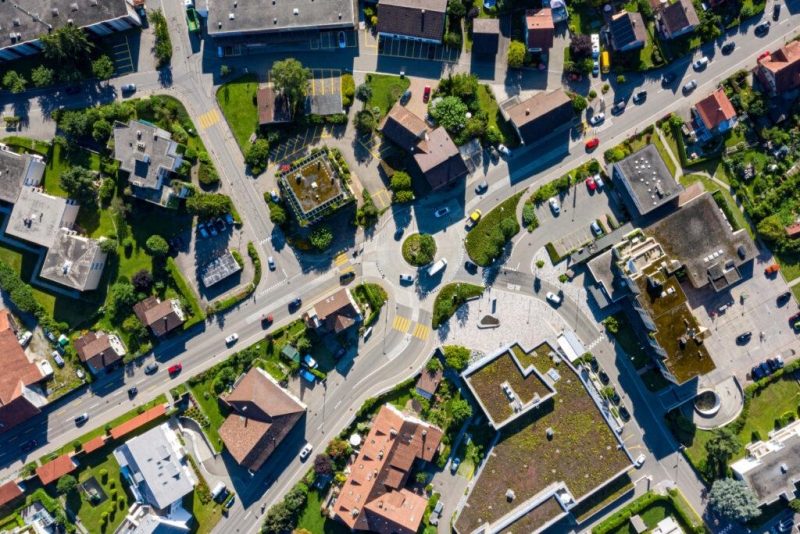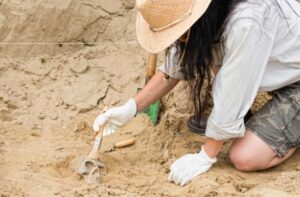
The world has changed rapidly in the wake of the pandemic. Communities worldwide have been impacted in ways that have fundamentally shifted how we live, work, and interact. However, this universal hardship has also revealed incredible resilience and adaptability in the face of adversity. This resilience, born of necessity, underlines the importance of preparing for similar trials in the future.
Forecasting the challenges that lie ahead is never a simple task, but seizing the lessons learned in our collective response to the COVID-19 pandemic can light the way towards building resilient communities post-pandemic.
The Power of Community Resilience
Community resilience, once an abstract concept, has found real-world application in recent times. While individual resilience is vital, the collective resilience of a community to withstand and bounce back from crises such as pandemics, economic downturns, or natural disasters is paramount. Building community resilience equates to investing in a safety net that caters to all, not just the most vulnerable.
Communities like New York City displayed incredible resilience during the pandemic. Despite facing enormous pressure, the community rallied together, offering mutual aid, volunteering, and supporting local businesses. By examining such examples, we can glean insights into the power of community resilience.
Building Block: Fostering Social Cohesion
The first step toward building resilient communities is strengthening societal bonds. Such a unifying force emerged powerfully through the pandemic as communities rallied together, demonstrating that even in moments of crisis, unity can prevail.
A study by the International Journal of Community Well-Being in 2020 revealed strong social cohesion to be a vital determinant of a community’s resilience. Consequently, encouraging trust, mutual understanding, and cooperation within communities can fortify these bonds and lay the groundwork needed for resilience.
Building Block: Reinforcing Infrastructure
To build resilience, it is crucial to evaluate and improve our existing social infrastructure. This includes institutions such as hospitals, schools, and public transport, but also extends to social services that support the most vulnerable members of our communities.
The COVID-19 pandemic has exposed chinks in the world’s social infrastructure, pressing us to address these weaknesses. Strategic reinforcement of these vital structures can ensure they serve every member of the community effectively, fostering resilience in the face of future threats.
Building Block: Implementing Resilience Strategies
implementing resilience strategies is vital. These might encompass developing disaster management plans, promoting economic diversity to reduce reliance on a single industry, or investing in education and capacity-building activities. Specific resilience strategies will vary based on each community’s unique challenges and capacities.
By effectively combining these building blocks, communities can progressively evolve into resilient entities that are prepared to face, overcome, and grow from future adversities. Our collective recovery from the present pandemic provides the perfect platform to begin this essential work of building resilient communities post-pandemic.





